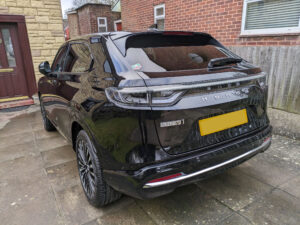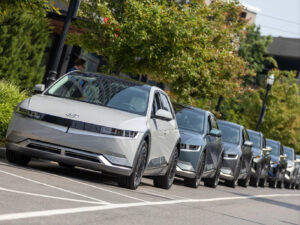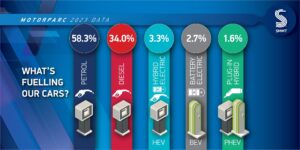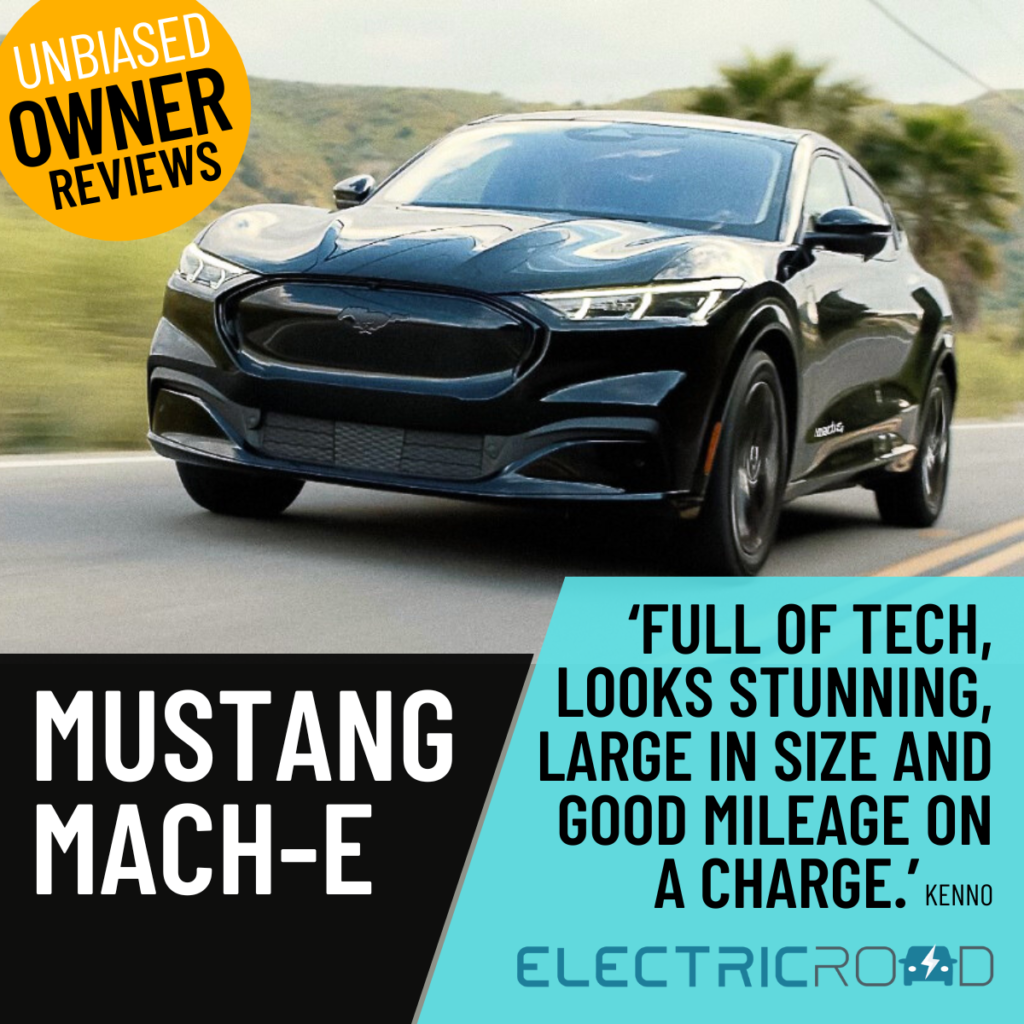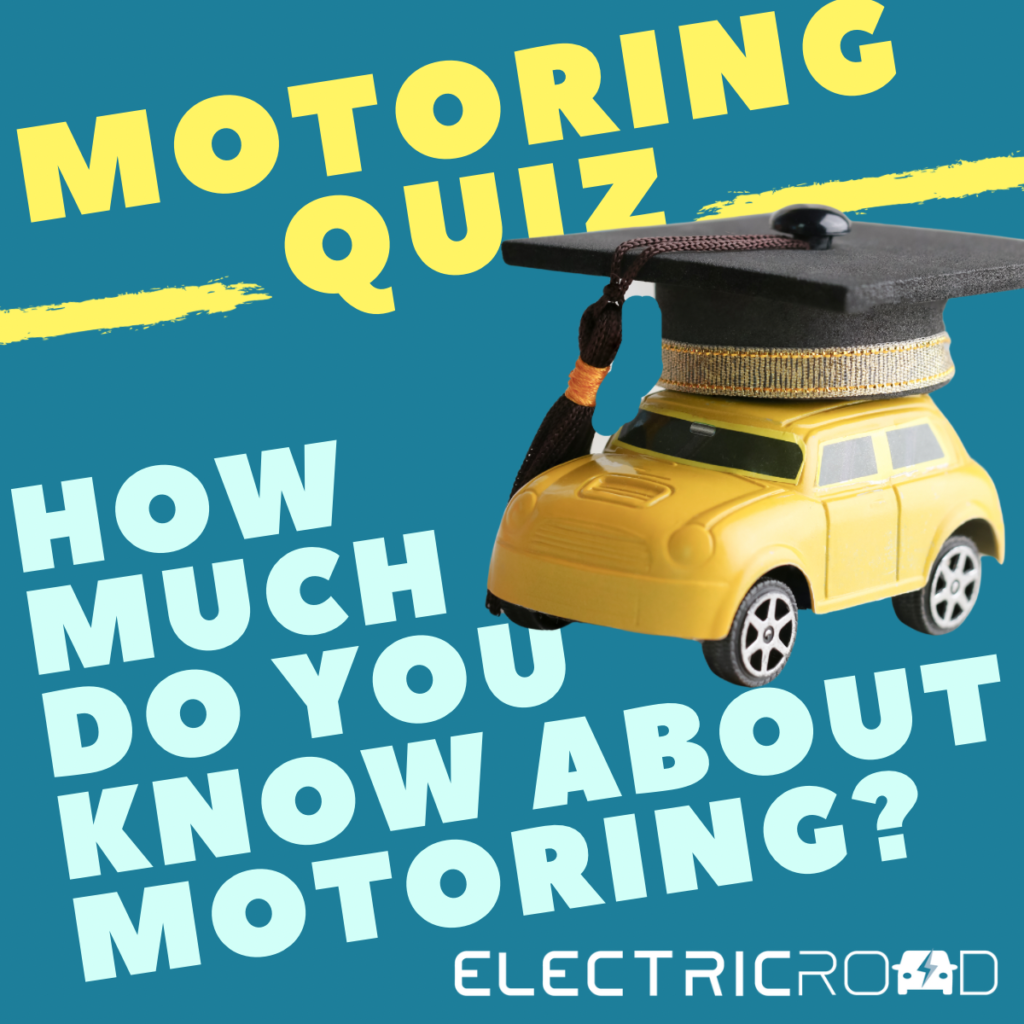What name would you like to appear in your article?
Andy
What is the make, model and year of your EV?
BMW i3 REx
Tell us about your home charging set-up
We started with a three-pin plug unit on an extension lead. It worked OK but we were concerned when it rained and about how long it took to charge up. We looked at a number of websites and decided to buy a wall-mounted unit that could accept power from the mains, from solar panels and wind turbines. We don’t have the panels or turbines yet but we wanted the capability. We were also interested in being able to monitor the charging process using a phone app.
After much searching, we decided on the Zappi from MyEnergi. Because it was our first wall charger, we could apply for the government subsidy for it which made the cost of the unit and its installation a reasonable combined price; about the same to us at the time as a high power charge cable (a three-phase one). We contacted MyEnergi and they found us a qualified fitter for our area. The fitter would also complete all the paperwork for the government grant but for that he then wanted to know more about our premises and the car so we had to take loads of photographs of the fuse box, the meter and the location we thought of for the box on the wall. For the forms, they also needed proof we had the car (a scan of the log book) and that we had our own drive or garage (that we were not directly on the road) – another photograph! All sounded great, then MyEnergi announced a newer model that had slightly different earthing requirements and a few more features. We decided to wait for it. Once it was readily available, we had our tethered charger fitted to our outside wall: a Zappi type 2.
We have a 3-phase charging cable that goes around with us in the car for charging in car parks and the rest but decided not to use it at home, rather to have a tethered unit on the wall to avoid unplugging both ends and re-coiling the cable each time we went out after charging. The tethered unit is much more convenient. We also spent some time thinking about the best place in our drive for the charging. We wanted the most sheltered place for the wall unit (we face south west gales on the coast) combined with the easiest place to put the car. In the end, the simple expedient of reversing into place (rather than driving as we’ve done with ICE cars for over 20 years) made it simple. Even in a howling gale, the wall unit and charge cable just get damp.
The Zappi connects to our home router and obviously to the internet. We have used this connection to upgrade the firmware in our charger a couple of times. More often though we see what’s happening using an app on the mobile phone. We can plug the car into the charger and leave it and the system will automatically charge at the right time, from the right source; we can monitor that from anywhere we can receive an internet signal. I would fully recommend the wall unit we use. It was not expensive to buy or install (once the government grant was taken into account). It has proved reliable and it is easy to use. They keep things updated too. It does the job as simply as plugging a mobile phone into its charger!
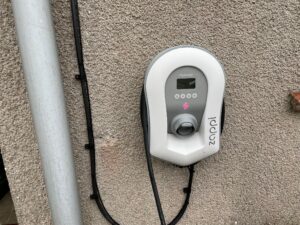
Tell us about your home charging routine
We use the home charger for two things. First, to charge the car but also to precondition the car before journeys. With our car, we can precondition to heat the insides (and melt ice on the windscreen) in the winter or cool the insides in the summer. All we need to do is set the time at which we will be leaving and the system will charge the car overnight and precondition it just before we leave. Because it’s not just used for charging, our connection to the wall unit is rather variable. It doesn’t matter what time we connect the car to the wall unit, the system will charge the car on overnight electricity but it can also boost during the day for preconditioning.
Get our FREE ‘BMW i3 Guide’ e-mailed directly to your inbox
We are retired so we don’t regularly drive to work and tend to go out only three or four times a week. A typical journey will be between 20 and 50 miles. But I am a preacher and I go out regularly every Sunday morning to one of our churches. I usually leave the car without connecting to the charger until the battery level gets down below 45%; however, I will connect it, even if the battery is nearly full, if I know we are going out at a specific time the next day so it can precondition from the wall charger instead of the internal batteries. If I connect it, the system will also top-up the car batteries to full. If I’m not preconditioning but anticipate our next journey will be longer than 60 miles, I will also connect it to charge overnight.
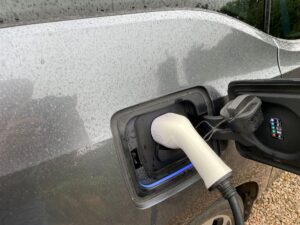
Are you part of a charger-sharing scheme for those who don’t have their own charger?
I am not in any charger-sharing scheme. There is nobody else around here with an electric car or charger to which I could connect so it’s pointless!
Tell us about your electricity provider and tariff
We are with EDF for our mains electricity. Because of our location, we use oil to fire our cooking and heating. We have tried to interest EDF in contacting us about their EV tariff but they’re not interested! It seems the EV department is not the same as the regular supply department. If you ask the latter about transferring, it seems they won’t get commission so they don’t want to know. The EDF website is also discouraging – it states you can connect to their EV tariff without a smart meter, then requires details of your smart meter to get any further, so that doesn’t work either!
We’ve also tried Octopus, because they’ve had good reviews and their prices look good; but they insist on you having a smart meter and we don’t get mobile phone signal here, so smart meters don’t work. Overall, we are very disappointed in the response of electricity suppliers to the needs of their customers and EV owners in particular. So, we are on a normal domestic electricity tariff and our bills went up by about £10 per month once we got the electric car. That compares with about £60 per month spent on diesel for the previous ICE car.
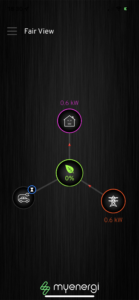
Are you planning on changing your charger and/or electricity supplier and if so to who and why?
See the previous answer. We’ve tried changing to an EV tariff but nobody seems interested.
Estimate how much money you save per month owning and running an EV compared to an ICE car
Considering ‘fuel’ costs, insurance costs, tyres and servicing costs: we have saved around £50 per month on fuel, nothing on insurance, £800 in two years on tyres and around £500 per year on servicing.
See other home charging reports here




